Our Customer Understanding services are designed to give you a clear picture of your customers. We dig deep with Customer Satisfaction Studies, helping you bridge the gap in what your customers need. Plus, our Loyalty Studies build strong connections between your brand and your customers. It's all about getting to know your customers better, so you can make smarter moves for your business.
Example: Importance Performance Analysis
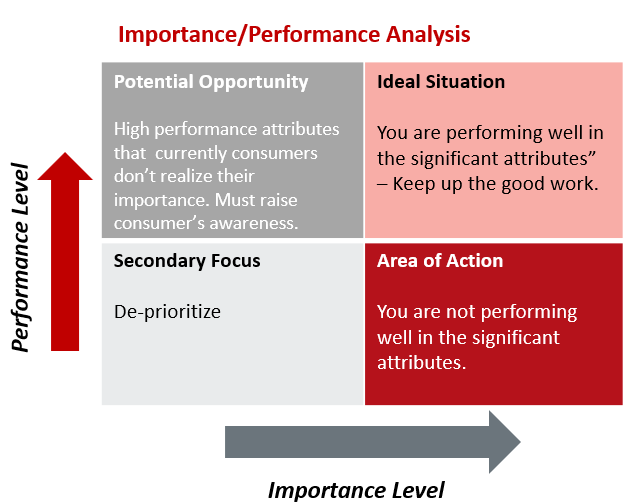
Net Promoter Score (NPS)
Net Promoter Score, or NPS, measures customer experience and predicts business growth. NPS measures the loyalty of customers to a company. NPS scores are measured with a single-answer question and reported with a number from the range -100 to +100, a higher score is desirable.
Example: Calculating The Net Promoter Score

Market Scanning and Competition Intelligence are essential elements for gathering vital data points about the existing market supply, while also assessing your brand's standing within the market landscape. These insights contribute to a holistic understanding of the market dynamics, positioning your brand strategically to navigate and thrive in a competitive environment.
Example: Competition Intelligence
For projects
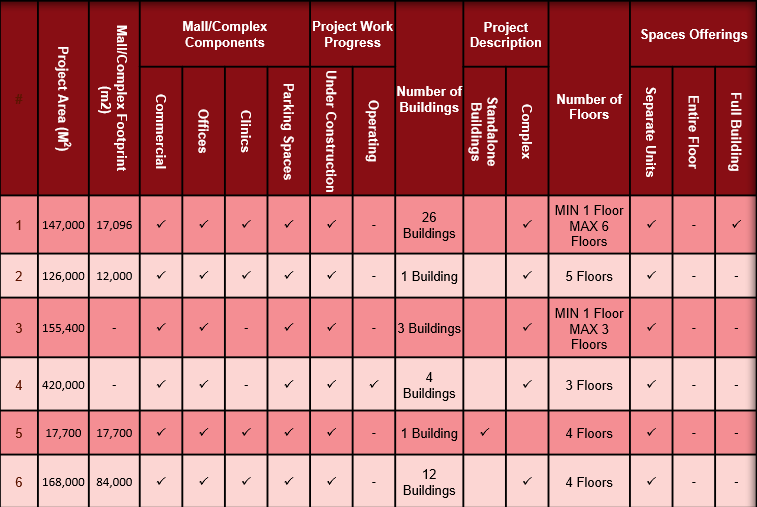
A Market Scan will give you an understanding of the competitive situation for the products. Thus, you can better understand the reasons behind your product performance.
The approach will involve the following:
Selecting a random sample of stores/ retailers in various locations to measure the product's availability, SKUs, and audit the product's placement on shelves, prices, and many other aspects that can be benchmarked with competition.
Example: Market Scanning
for Prices of Commercial Malls
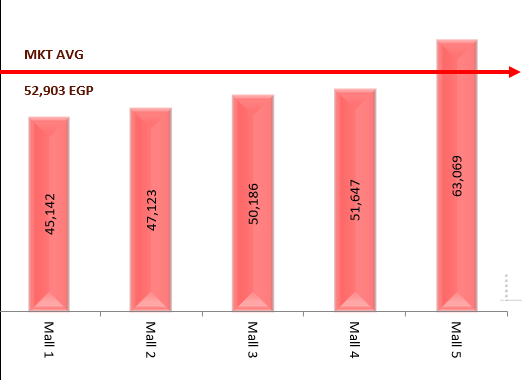
Branding Equity
At BYAN Research, we gauge your brand equity by employing a comprehensive blend of tools, incorporating both Quantitative and Qualitative methodologies. In our Quantitative approach, we meticulously calculate the brand index of your brand in comparison to your competitors. We delve into critical inquiries, encompassing factors such as your brand's presence within the category, perceptions, quality perceptions, consumer attitudes, and the depth of loyalty and connection your audience feels with your brand.
We use the Qualitative model for exploring the branding position using Kapferer model. The Brand Identity Prism places the six elements in relation to each other by taking into consideration their position between the business (Sender) and client (Recipient), and vice versa.
The areas defined between these points range from internal (Personality, Culture, Self-image) to external (Physique, Relationship, Reflection), and many paths can be drawn to join each area.
Example: Branding Studies
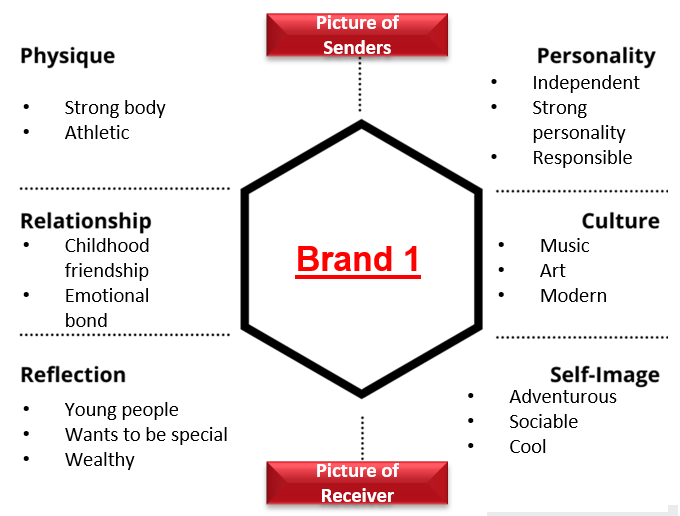
Pricing Studies Approach
Advertising Research Types
Delve into the diverse dimensions of advertising through Story Board, Animatic Copy, and Finished Copy approaches. Our diagnostics delve deep to measure the enjoyment and engagement levels that captivate attention. We assess comprehension and persuasion levels, ensuring your key messages are not only captured but also resonate with your audience. Unveil the reasons to believe in your brand and ascertain the relevance of your offerings to their needs. Our Reach & Recall evaluation quantifies the extent of your copy's reach, encompassing the recall of story elements and the essence of your brand, logo, and slogan. Elevate your advertising prowess with us, where every detail is meticulously analyzed and crafted for maximum impact.
Consumer Segmentation
We break down the data to show you Customer Segmentation and Analytics, revealing who your customers are. We identify Category Triggers and Barriers to help you make smart decisions.
Example: Consumer Segmentation
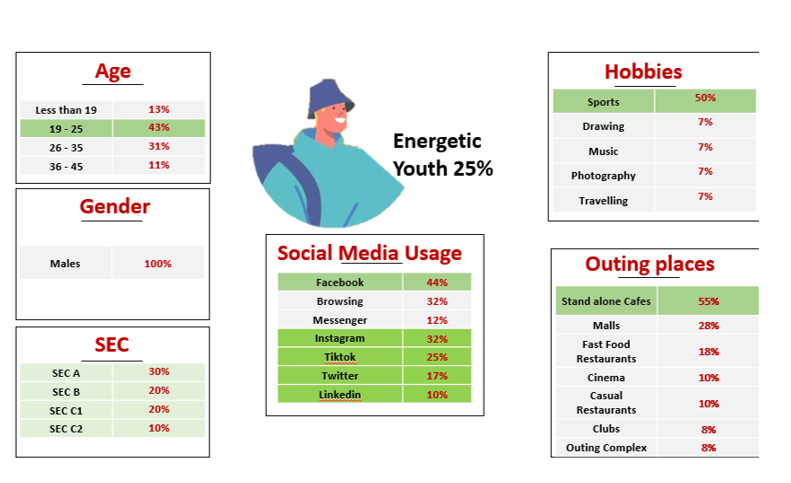
Concept Testing
Testing the potential of concepts and ideas for products or services before launch. Thus, you can gauge your customers’ acceptance and willingness to buy and make critical decisions before the launch.
Concept testing research involves two fundamental approaches:
First, gather qualitative insights through focus groups and interviews. These discussions help us refine and optimize the concept by listening to people's thoughts and opinions. Second, we apply quantitative methods to test the concept statistically. This data-driven approach allows us to gauge the concept's potential on a larger scale, providing valuable insights for further development. Combining these qualitative and quantitative techniques ensures a comprehensive evaluation of concepts to make informed decisions.
We study:
- Appeal Level
- Comprehension
- Relevance for Consumer's Needs
- Uniqueness Versus the Current Offerings
- Key Message / Benefit Captured
- Reason to Believe for the Key Message
Product Testing
In continuously developing markets, it is necessary to introduce new products or to further develop existing products to maintain a competitive edge.
Product Test Research enables a business to identify the appeal of the product in comparison to existing competition and current offers on the market and evaluate user feedback and experience upon using/trying the product.
We can identify the areas of development needed for the product – whether sensory attributes or functional attributes upon using.
Product Testing can be done for different purposes:
- Replacing an old existing product
- Development of an existing product (Can be used in changing formulas for cost cutting purpose)
- Introduction of a new product that aims to compete with existing products on the market








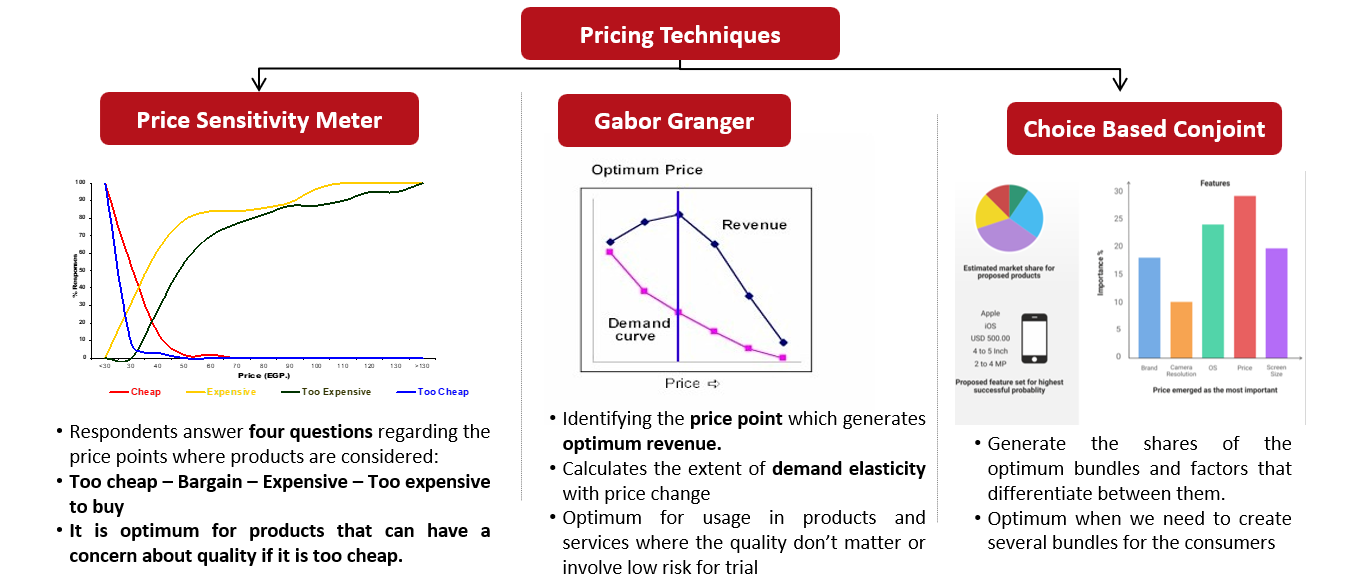

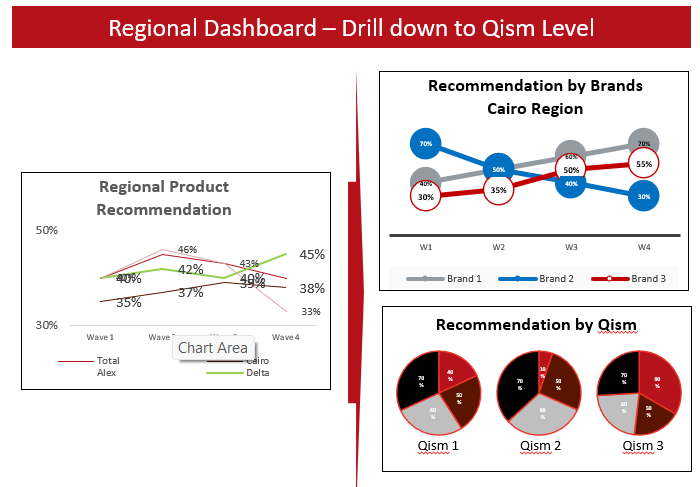
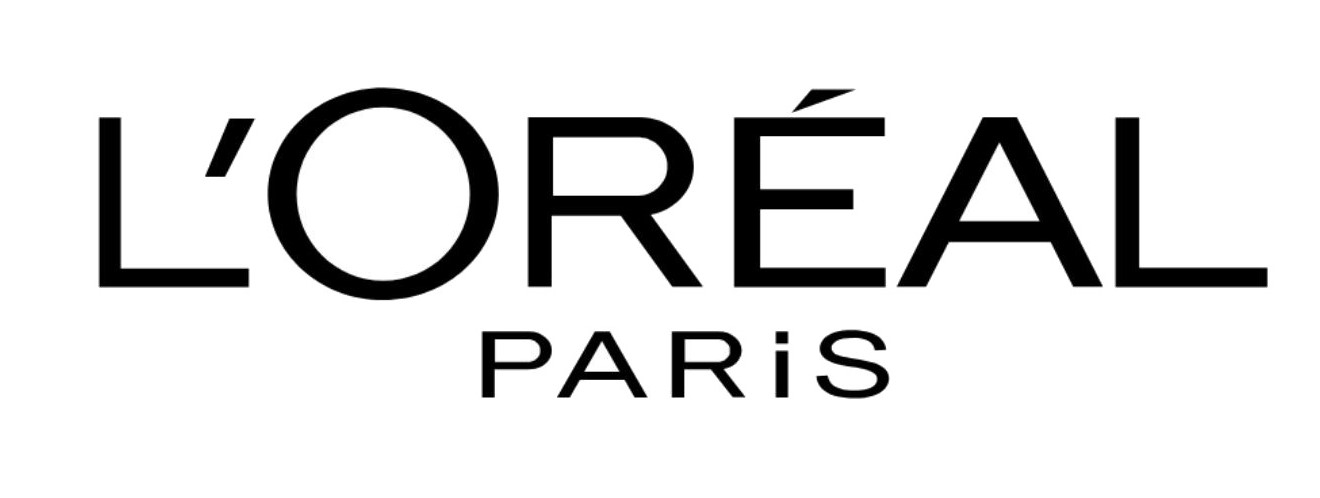


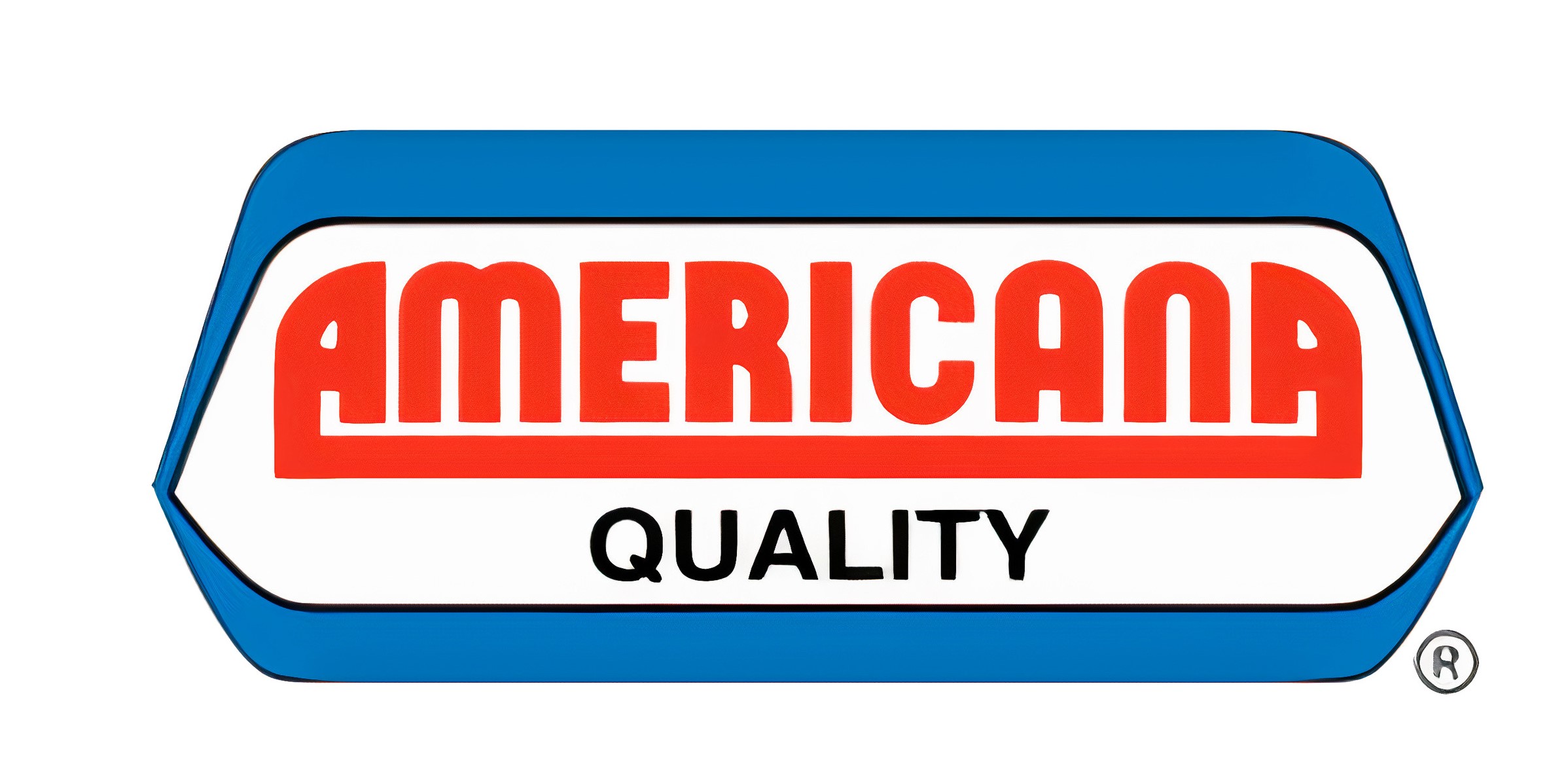


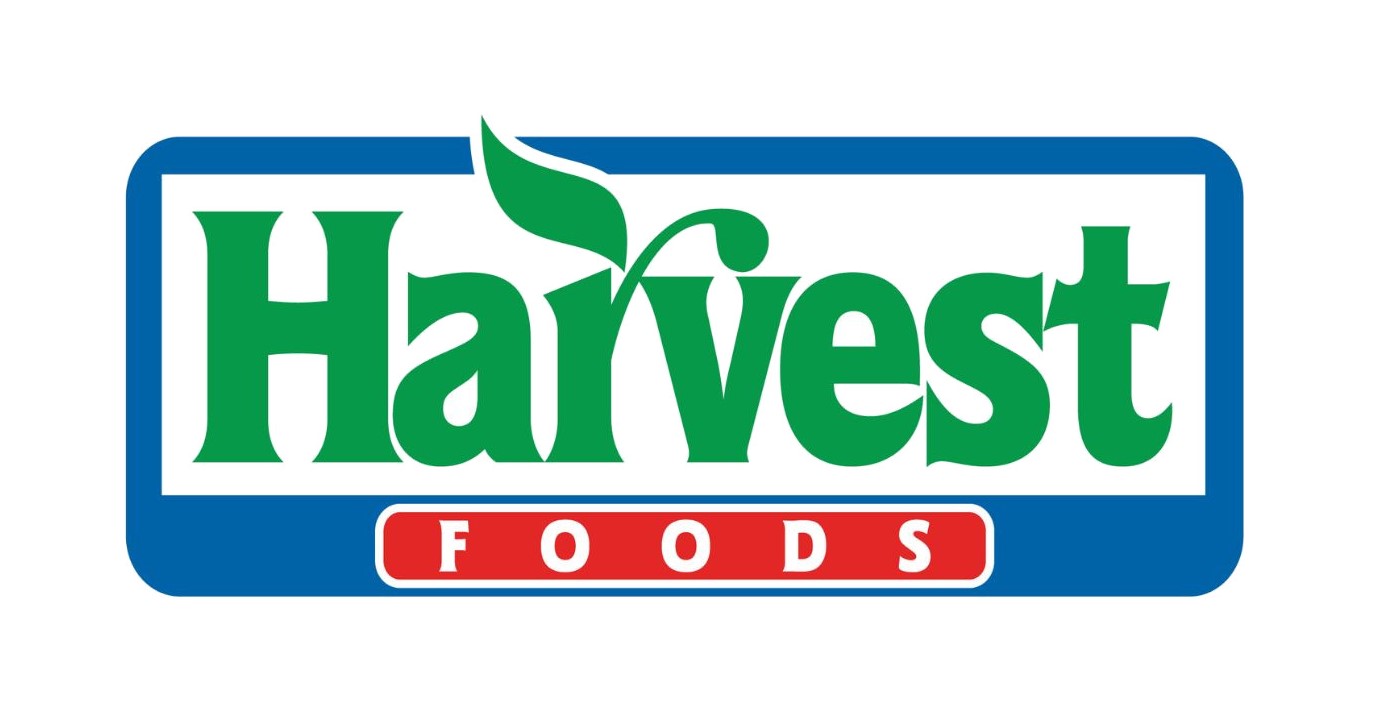


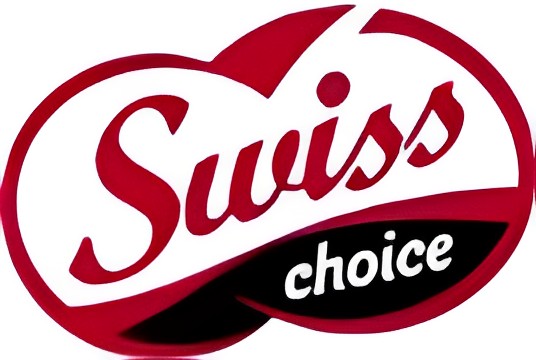
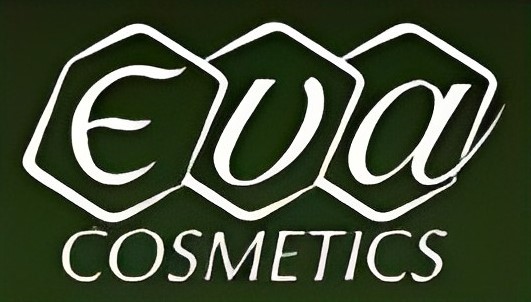



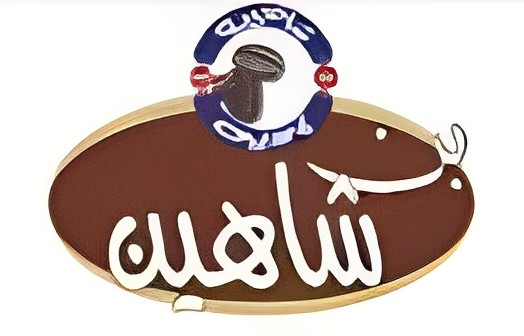

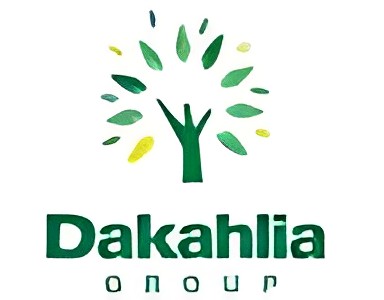

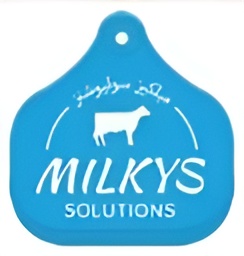
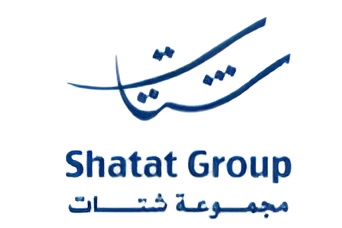





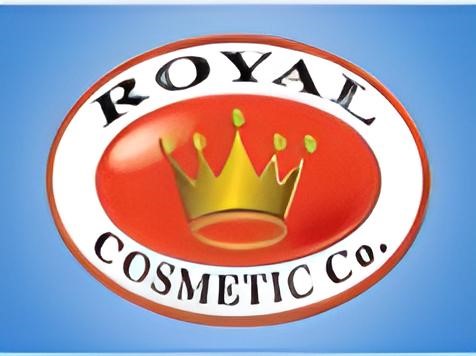


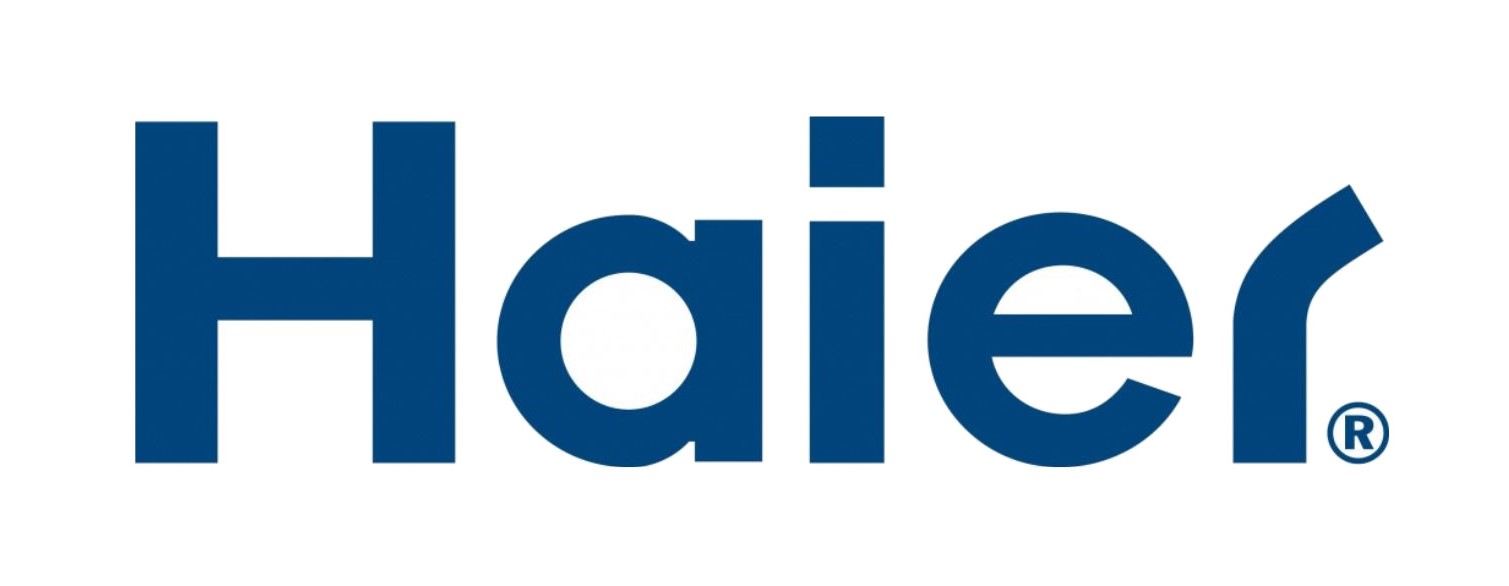




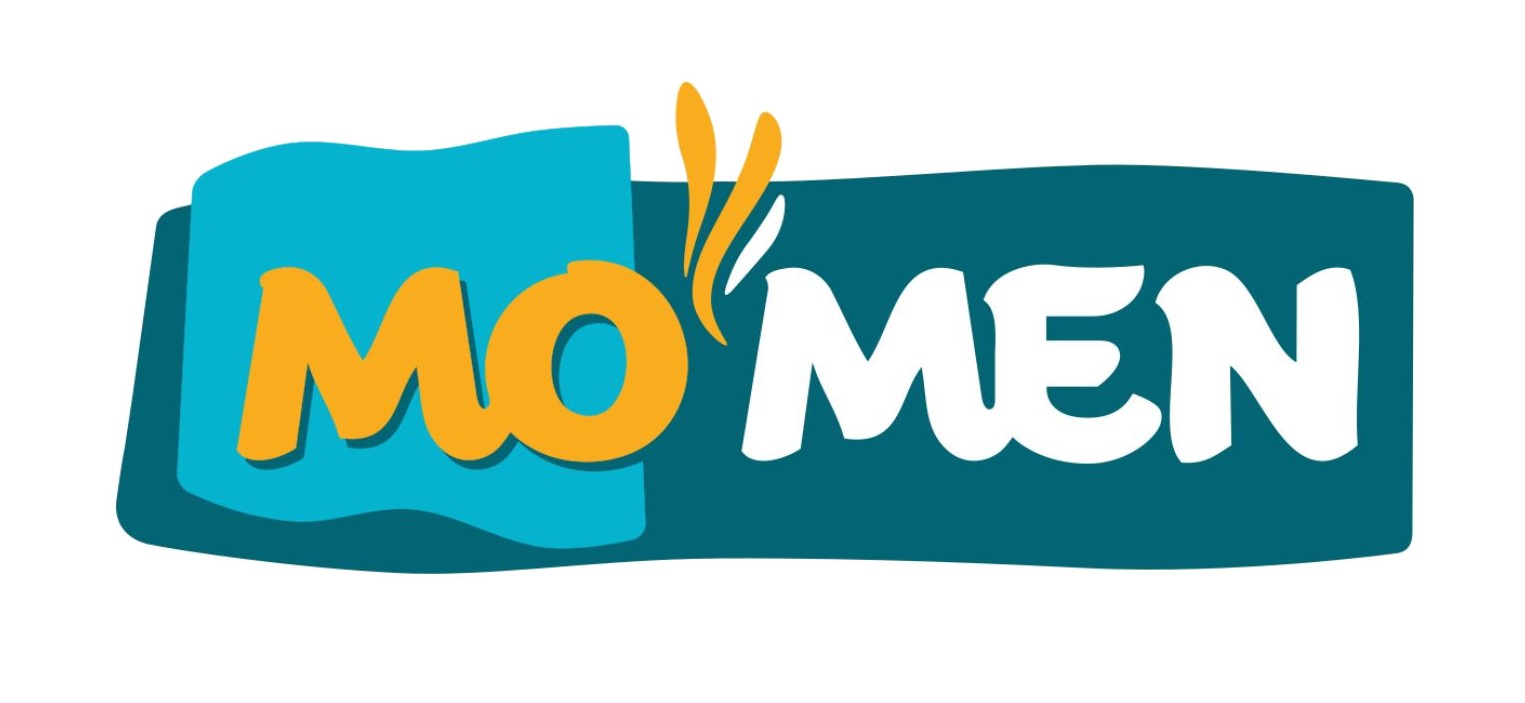
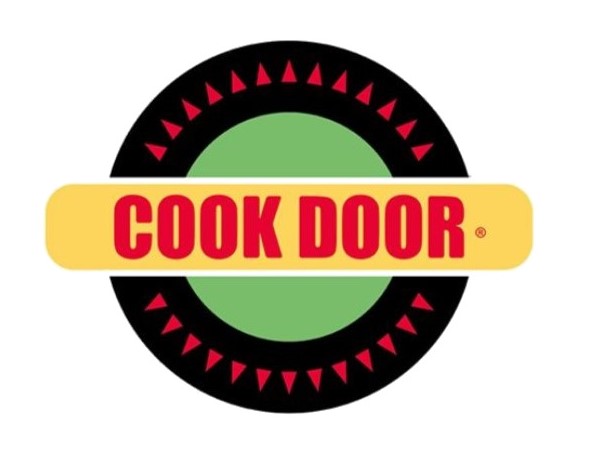


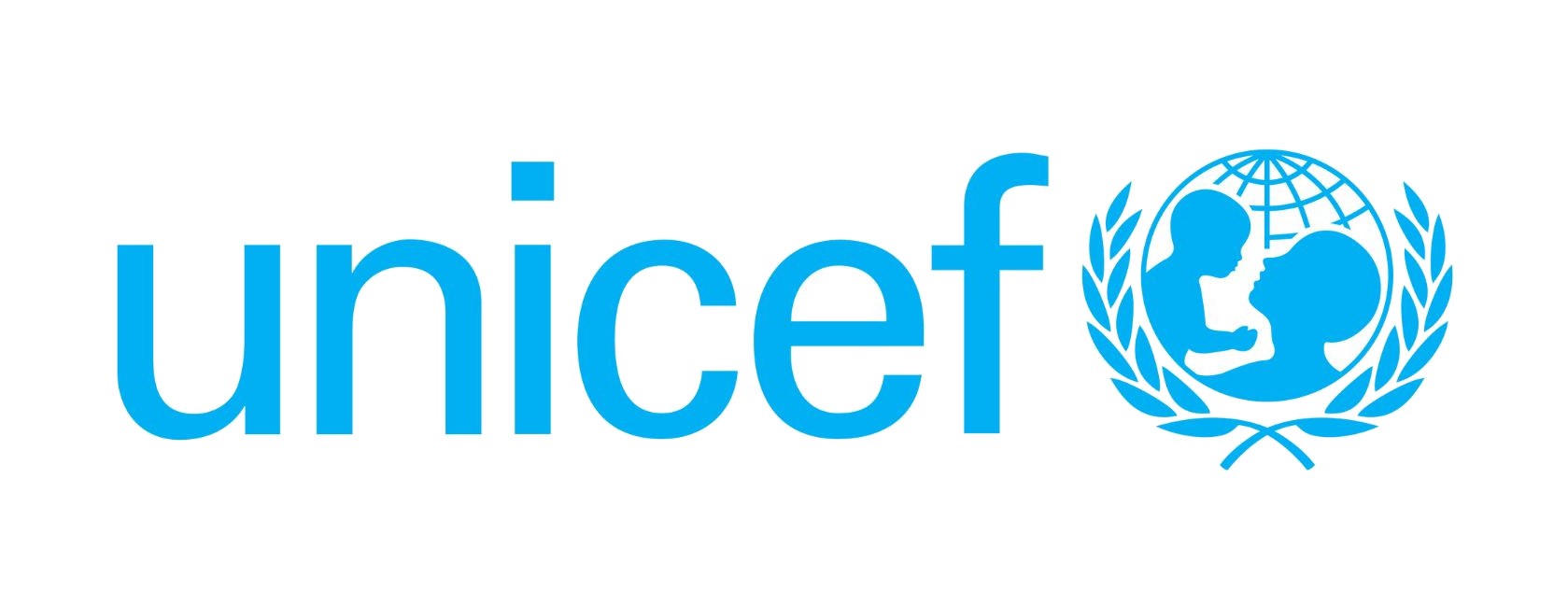
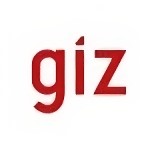
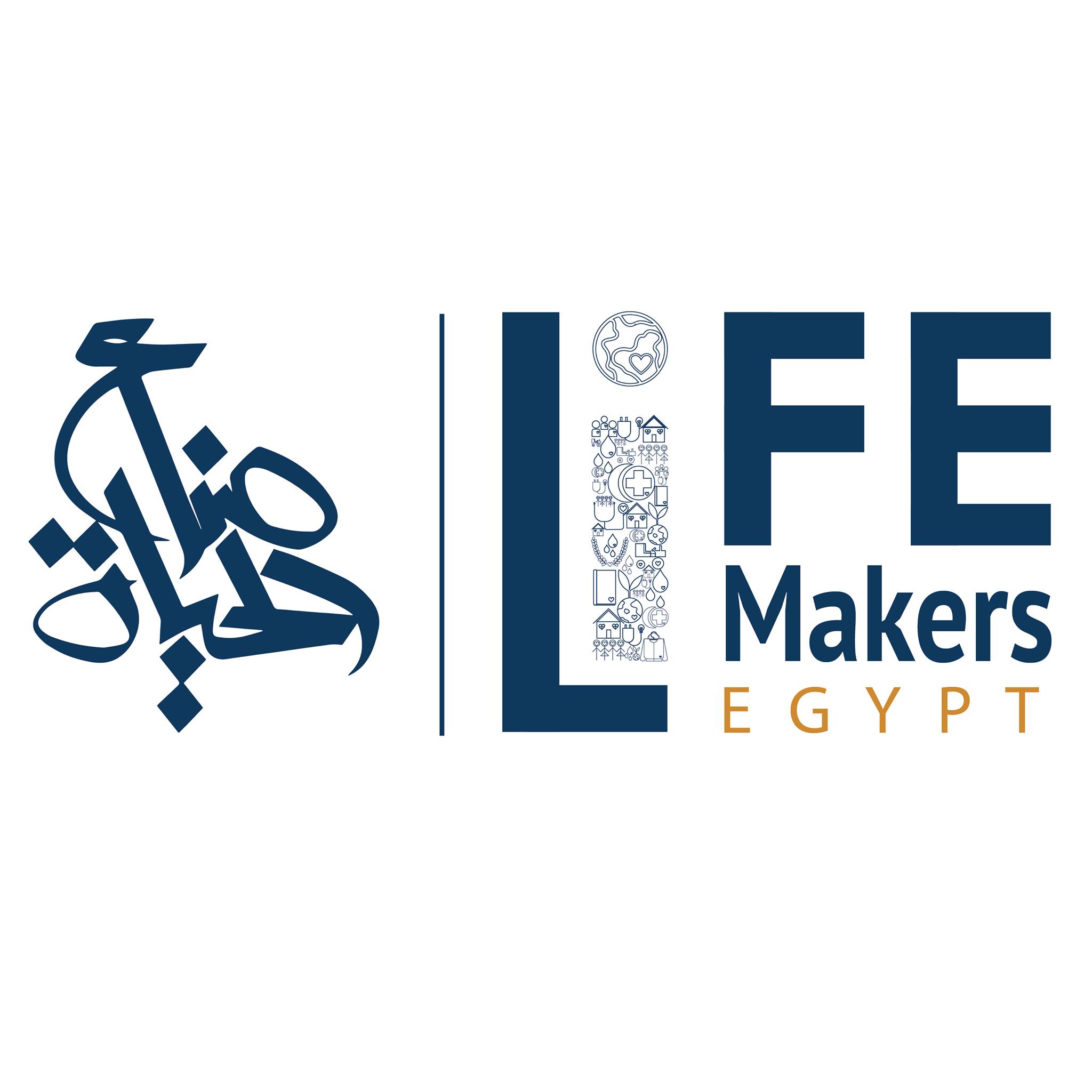
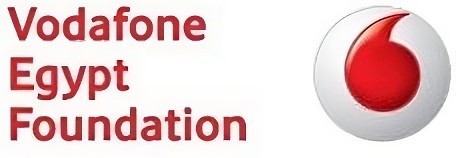
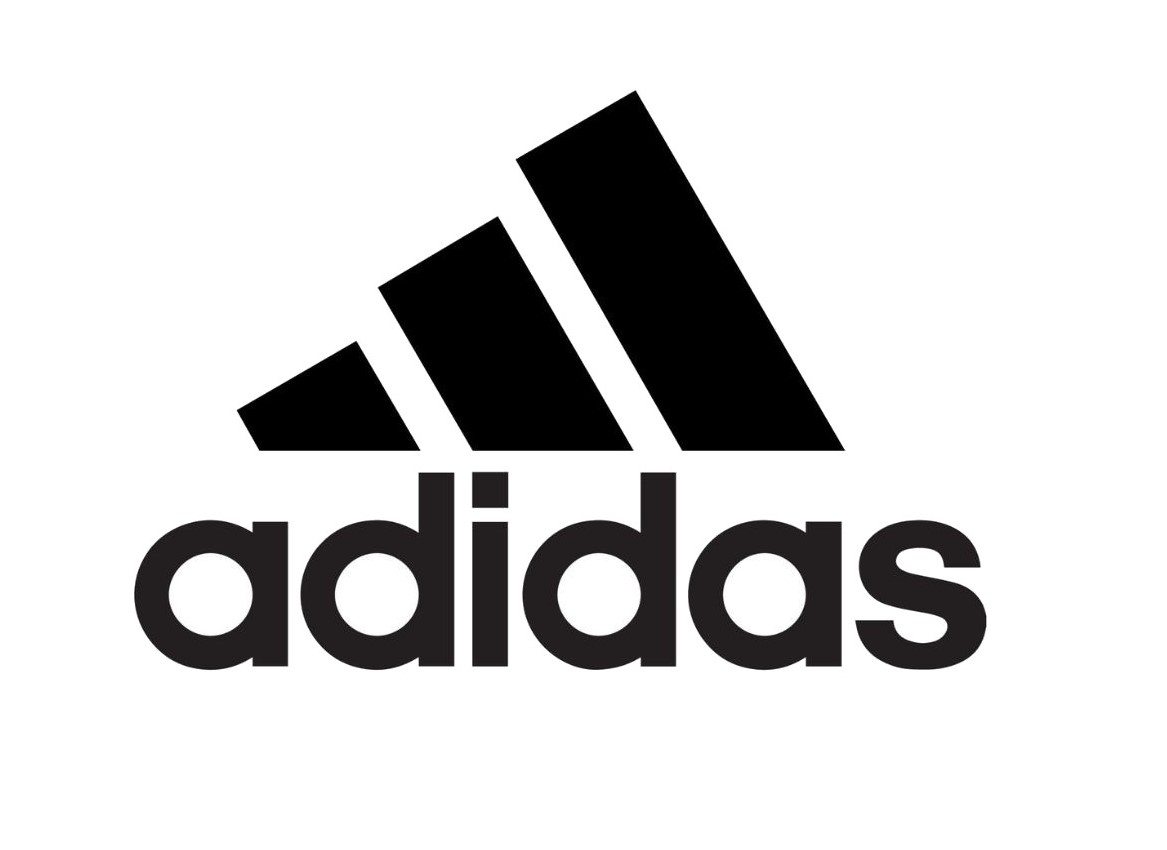


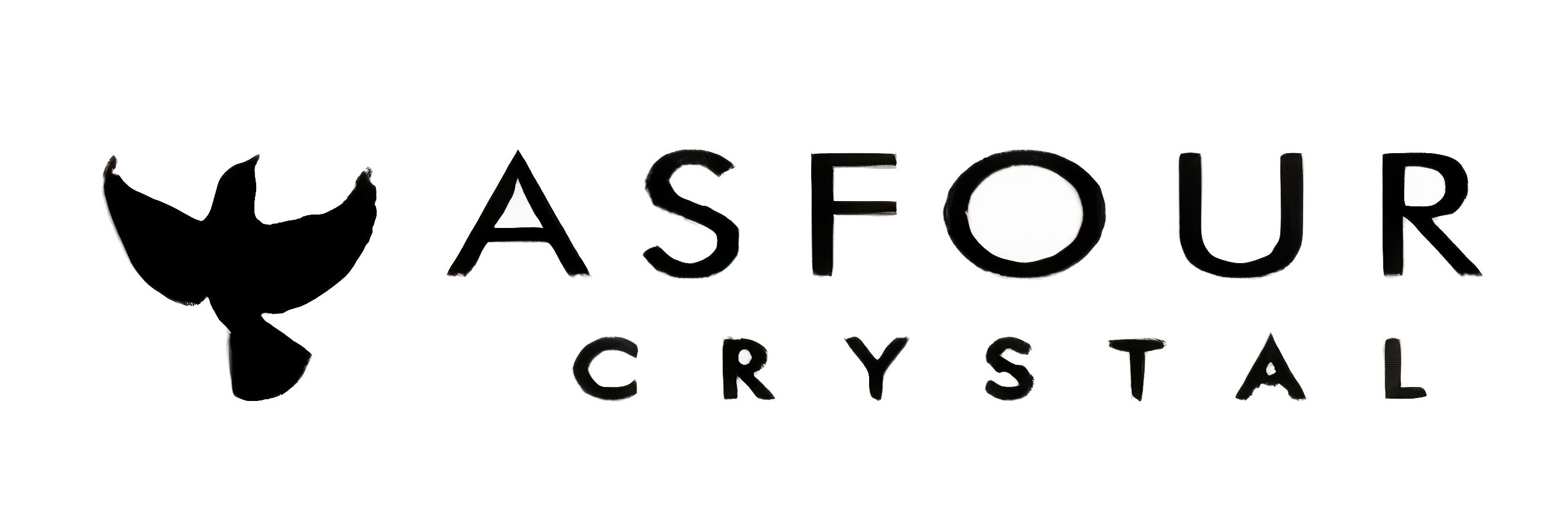










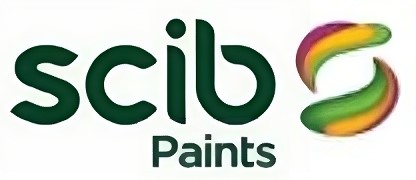
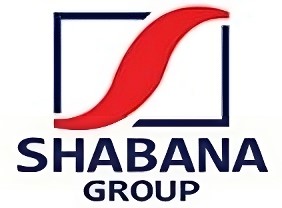




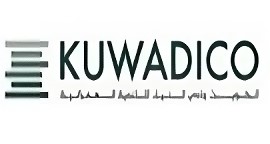






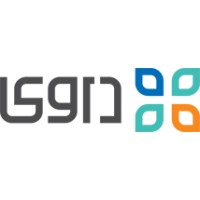
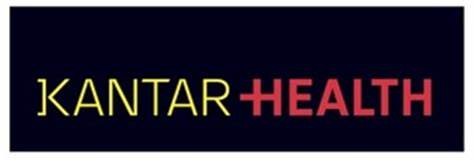



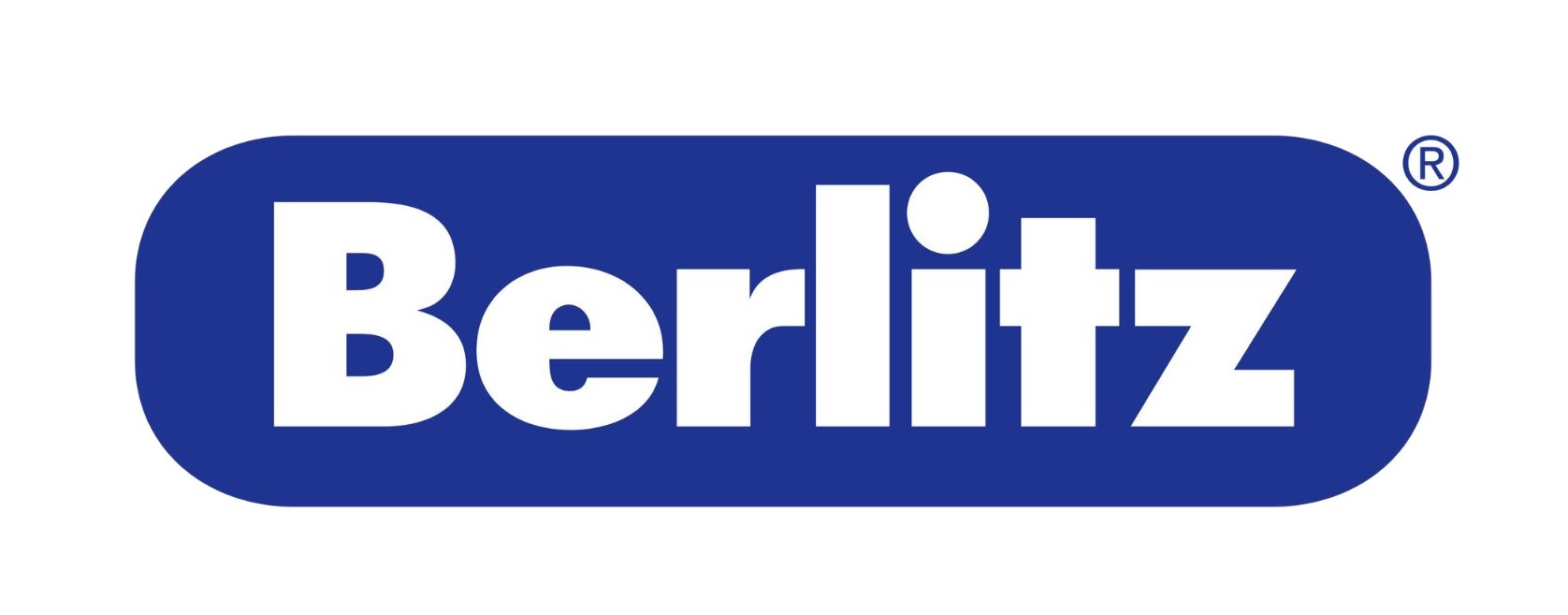







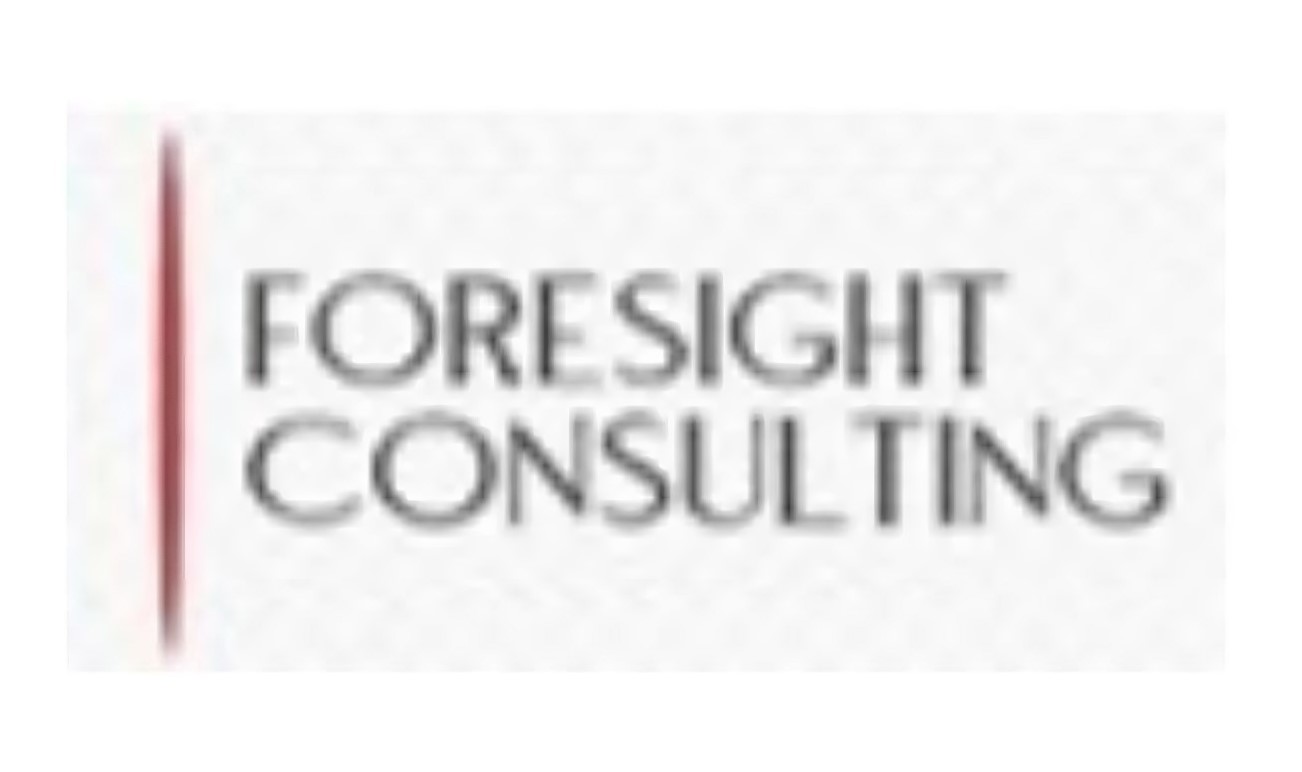



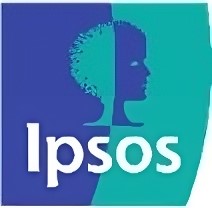
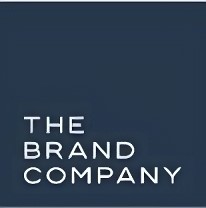

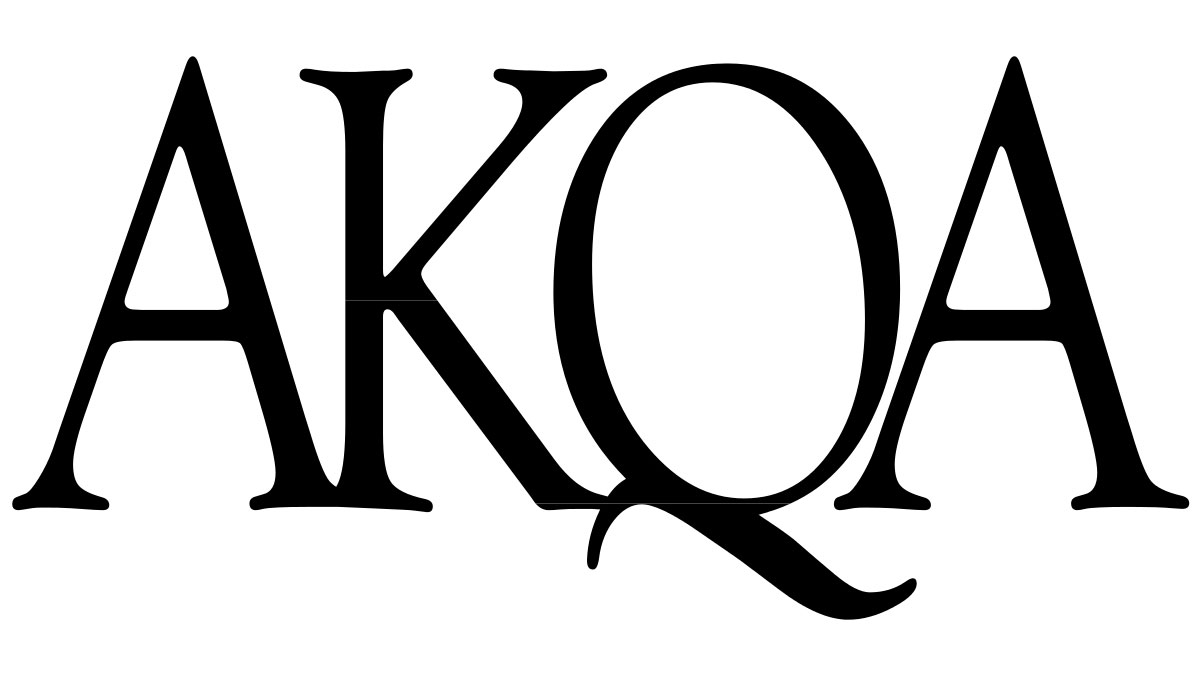
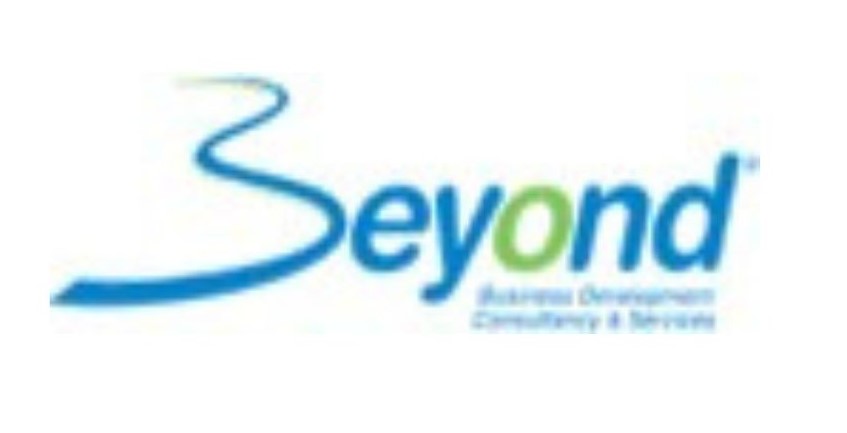


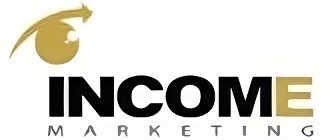





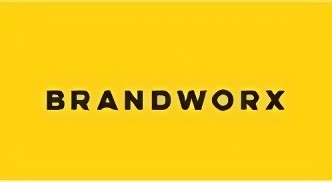
.png)

